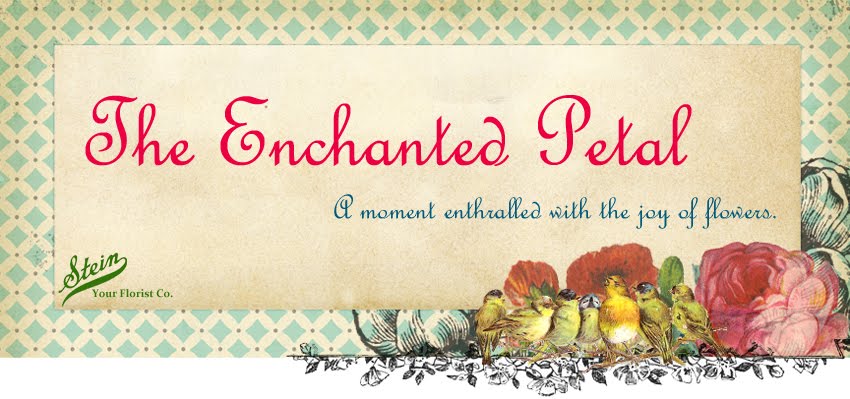
Day 321 – The oldest example of grave flowers has been discovered in Israel. An ancient burial pit dating to nearly 14,000 years ago contained impressions from stems and flowers of aromatic plants such as mint and sage. The new find "is the oldest example of putting flowers and fresh plants in the grave before burying the dead," said study co-author Dani Nadel, an archaeologist at the University of Haifa in Israel.
Day 322 – Flower petals breaking through the snow, an early hint of spring's arrival, hides a very complex genetic process behind its floral façade. Flowers know when to bloom because of a gene named Apetala1. A lone master gene, Apetala1 triggers the reproductive development of a plant, telling it when it's time to start blossoming. Yes, a single gene is all it takes to make a plant start producing flowers. A plant blooming with flowers has an active Apetala1, while a plant carrying inactive Apetala1 genes has very few flowers, if any, with leafy shoots growing in place of blossoms.
 Day 323 – Bees can
sense a flower's electrical charge, which tells them if the flower's worth visiting.
Everyone
knows that bees buzz around flowers in their quest for nectar, but scientists
have now learned that flowers are buzzing right back — with electricity. Plants
generally have a negative electrical charge and emit a weak electrical signal and
scientists have known for years that bees' flapping wings create a positive
electrical charge of up to 200 volts as they flit from flower to flower. The bees
— busy as they famously are — don't have time to waste visiting pretty flowers
whose nectar has just been taken by another insect, so the flower and bee have
an electric communication that provides them both with what they need. The bees
get nectar and the flowers get pollinated without wasted effort.
Day 323 – Bees can
sense a flower's electrical charge, which tells them if the flower's worth visiting.
Everyone
knows that bees buzz around flowers in their quest for nectar, but scientists
have now learned that flowers are buzzing right back — with electricity. Plants
generally have a negative electrical charge and emit a weak electrical signal and
scientists have known for years that bees' flapping wings create a positive
electrical charge of up to 200 volts as they flit from flower to flower. The bees
— busy as they famously are — don't have time to waste visiting pretty flowers
whose nectar has just been taken by another insect, so the flower and bee have
an electric communication that provides them both with what they need. The bees
get nectar and the flowers get pollinated without wasted effort.Day 324 – If you've ever taken a late-night stroll through a garden, you may have noticed that certain flowers, much like people, tend to retire after the sun goes down. But flowers that close up at night, such as tulips, hibiscus, poppies and crocuses, aren't sleepy. They're just highly evolved. Plants that tuck themselves in for bedtime exhibit a natural behavior known as nyctinasty. Scientists know the mechanism behind the phenomenon: In cool air and darkness, the bottom-most petals of certain flowers grow at a faster rate than the upper-most petals, forcing the flowers shut.
 Day 325 – Science has proven it! Flowers
make people happy! We of course knew, but read on… The first study involved 147
women. All those who got flowers smiled. Make a note: all of them. That's the
kind of statistical significance scientists love. Among the women who got
candles, 23% didn't smile. And 10% of those who got fruit didn't smile. We still like candles and fruit, but flowers make people the happiest!
Day 325 – Science has proven it! Flowers
make people happy! We of course knew, but read on… The first study involved 147
women. All those who got flowers smiled. Make a note: all of them. That's the
kind of statistical significance scientists love. Among the women who got
candles, 23% didn't smile. And 10% of those who got fruit didn't smile. We still like candles and fruit, but flowers make people the happiest!


